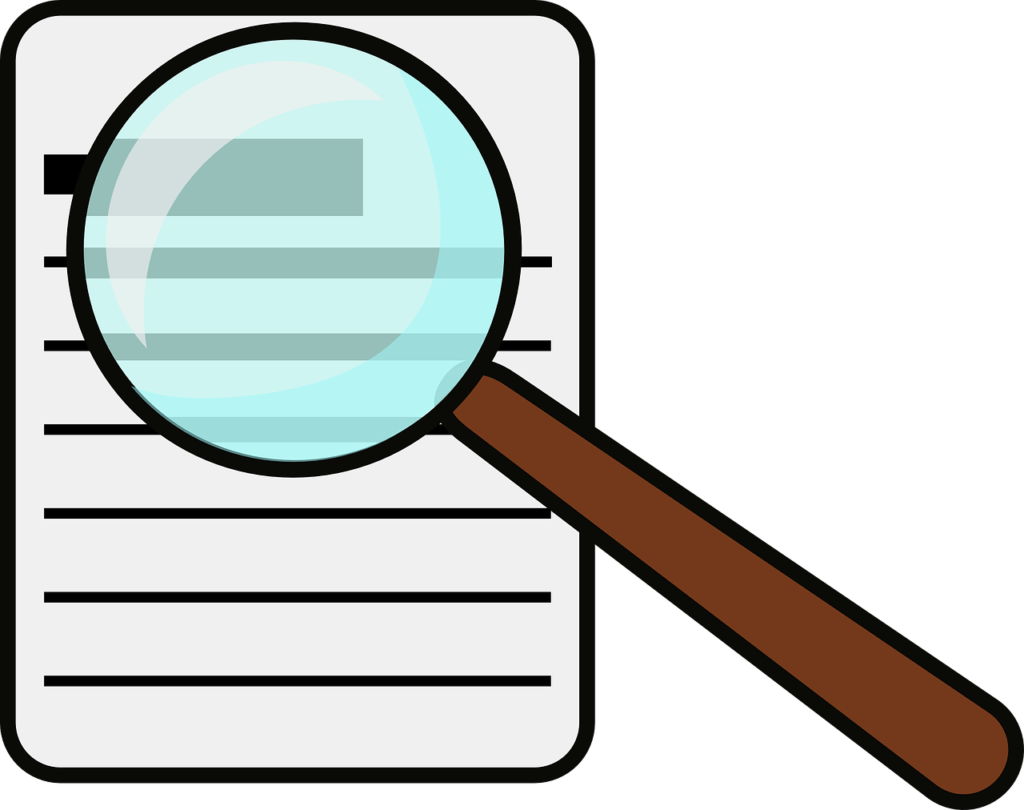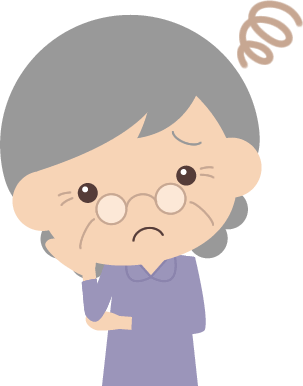食べ過ぎて太っているだけですか? イヌさんの甲状腺機能低下症について Is your dog just overeating and gaining weight? About Canine Hypothyroidism


うちの子、年のせいかじっとしていることが増えたわ。
My little boy is sitting still more often because of his age.
毛も薄くなってきたし、太りやすくなったね。
His hair is getting thinner and he is gaining weight.
一見年齢を重ねることによる変化に見えなくもない、これらの異常は病気の可能性もあります。
These abnormalities, which at first glance may not appear to be age-related changes, could be diseases.
もちろん本当に加齢によるものの可能性もありますが、中年齢以降のワンちゃんが罹りやすい病気の中に甲状腺機能低下症があります。
Of course, it is possible that this is really due to aging, but hypothyroidism is one of the most common diseases that dogs of middle age and older are susceptible to.
甲状腺機能低下症のような内分泌疾患はその症状が多岐にわたり、かつ特異的なものではないため、動物病院へ連れてくる理由になりにくい可能性があります。
Endocrine disorders such as hypothyroidism may not be a good reason to bring your pet to the veterinary clinic because their symptoms are varied and non-specific.
症状 Symptom

甲状腺機能低下症を疑うワンちゃんの身体検査では、
In the physical examination of a dog suspected of having hypothyroidism, the following abnormalities may found.
- 肥満 obesity
- 左右対称性の脱毛 symmetrical hair loss
- 低体温 hypothermia
- 悲しそうな顔 sad-looking face
- 前庭症状(斜頸、眼振)のような神経症状(典型的な症状ではありません)
- Neurologic symptoms such as vestibular symptoms (stridor, nystagmus) (not typical)
といった異常が認められることがあります。
問診では、温かい所を好むようになった、活発性がなくなった、太りやすくなったといったことを仰る飼い主さんが多いです。
During the history taking, many owners say that their dogs prefer warm places, are no longer active, and are gaining weight easily.
太りやすくなり、脱毛し、活発でなくなるなんて、加齢のせいかもと感じられても無理はないかもしれません。
It may seem understandable that gaining weight, losing hair, and becoming less active may be a result of aging.
検査 examination

他の疾患でたまたま血液検査で当てはまる異常が引っかかったり、普段は健康であるものの、たまたま受けた健康診断の血液検査で異常が引っかかる可能性があります。
そういった意味では中年齢以降の、年1~2回の健康診断の血液検査は非常に重要かもしれません。
In this sense, blood tests at middle age and later, once or twice a year for physical examinations may be very important.
血液検査で認められる可能性のある異常は以下の通りです。
Possible abnormalities that may be found in blood tests include
- 軽度の貧血 mild anemia
- 軽度の高窒素血症 mild azotemia
- 高コレステロール血症 hypercholesterolemia
- 甲状腺ホルモンの血中濃度の低下 Decreased blood levels of thyroid hormones
これらの中で特に気をつけたいところは、甲状腺ホルモンの血中濃度の低下です。
Of these, the area of particular concern is the decrease in blood levels of thyroid hormones.
なぜなら、甲状腺ホルモンが低く測定されても、それが実際には他の全身性疾患の影響を受けた結果で、実際には正常であることがあるからです。
This is because even if thyroid hormones are measured low, they may actually be normal when in fact they are the result of the effects of other systemic diseases.
他の全身性疾患とは絶食、飢餓、タンパク質-エネルギー低栄養、重度外傷、心筋梗塞、慢性腎臓病、糖尿病性ケトアシドーシス、肝硬変、敗血症など多岐にわたります。
These other systemic diseases include fasting, starvation, protein-energy malnutrition, severe trauma, myocardial infarction, chronic kidney disease, diabetic ketoacidosis, liver cirrhosis, and sepsis.
これを甲状腺機能正常症候群(Euthyroid sick syndrome)と呼びます。これが甲状腺機能低下症の診断を複雑化させている原因の一つです。
This is called the euthyroid sick syndrome. This is one of the reasons that complicate the diagnosis of hypothyroidism.
ではどのように診断をつければ良いかということですが、これには甲状腺ホルモンを調節している全体像を把握する必要があります。
すなわち、甲状腺刺激ホルモン放出ホルモン(視床下部)→甲状腺刺激ホルモン(脳下垂体)→甲状腺ホルモン(甲状腺)という甲状腺ホルモンを調節している機構です。
That is, the mechanism that regulates thyroid hormones: thyroid-stimulating hormone-releasing hormone (hypothalamus) → thyroid-stimulating hormone (pituitary gland) → thyroid hormone (thyroid gland).
真に甲状腺機能低下症であれば、低下した甲状腺ホルモンをきっかけとして、視床下部、脳下垂体が刺激されて、甲状腺刺激ホルモンは上昇するはずです。
If truly hypothyroid, the lowered thyroid hormone should trigger stimulation of the hypothalamus and pituitary gland, and thyroid-stimulating hormone should rise.
また、甲状腺ホルモンは99%ほどが血中蛋白質と結合しており、これは実際には機能して居らず、ストックのようなものと考えて下さい。残りが遊離甲状腺ホルモンとして実際に働いています。
About 99% of thyroid hormones are bound to proteins in the blood, which are not actually functioning, and should be thought of as a kind of stock. The remainder is actually working as free thyroid hormones.
この甲状腺刺激ホルモン、遊離甲状腺ホルモンは他の疾患の影響を受けにくいため、これらを測定して理論通りの動きをしており、かつ症状が発現していれば甲状腺機能低下症であると判断します。
Since thyroid-stimulating hormone and free thyroid hormones are not easily affected by other diseases, hypothyroidism can be judged as long as these hormones are measured and their movement is in line with the theory and the symptoms are observed.
偶発的に診断されることが多いため、中年齢以降の定期検診が重要
Regular checkups after middle age are important because the disease is often diagnosed incidentally
甲状腺ホルモンの血中濃度の低下のみでは診断を下せない
Low blood levels of thyroid hormones alone are not enough to make the diagnosis.
治療 treatment

甲状腺機能低下症はその大部分が自身の甲状腺に対する自己免疫による攻撃であり、外部から甲状腺ホルモンを補う必要があります。
- 甲状腺ホルモン剤
- チラーヂン(錠剤、1日2回)
- チロタブ(錠剤、1日2回)
- レベンタ(液体、1日1回)
どれが優れているということはないので、かかりつけの動物病院さんに用意されているものを使用していれば問題はありません。
治療開始後2~4週間ほどで、投薬から4~6時間の甲状腺ホルモン血中濃度ピーク時の甲状腺ホルモンを測定し、投薬量の調節を実施します。
治療を開始してから、改善が認められるにはそれぞれの症状に応じて反応までの期間が違いますので、高コレステロール血症などの血液的な変化は比較的早いですが、体重や皮膚、神経症状の変化は場合によっては辛抱強く待つ必要があります。
また、甲状腺機能低下症は一定期間後に治癒するという性質の疾患ではないので、生涯にわたる治療が必要であることをご理解いただければと思います。
治療は甲状腺ホルモンの内服による
症状の改善には時間がかかる場合がある
定期モニターで状況が改善しない場合は診断を見直す必要があることがある
費用の目安
甲状腺機能低下症の診断・治療にかかる費用の目安をご紹介します。
費用に関しては自由診療ですから、病院によって異なります。あくまでも個人的な感覚を記載します。具体的な費用はかかりつけの動物病院さんでご相談されてください。
- 診断
- 血液検査:1万~1万5千円
- ホルモン検査:2万円ほど
- レントゲン検査・エコー検査などの画像検査:1万円ほど
- トータル:4万円程度
- 治療
- 月々の投薬:5千~1万円ほど
- 月々のモニター
- 血液検査:5千円ほど
一見加齢によると思われる変化でも、病気による場合がある
甲状腺機能低下症は、症状と血液検査で診断可能である
治療を開始して、すぐに全ての症状が治まるわけではない
甲状腺機能低下症の投薬治療は生涯続く
いかがでしたか?最後まで読んでいただいて、ありがとうございます。
『年のせいかな?』と考えていたことが、投薬治療によって改善する可能性があります!
飼っている子ができるだけ元気に、楽しく生活できるようにするお手伝いができれば幸いです。
『ひょっとしたらうちの子も』と思い当たる飼い主さんは、かかりつけの動物病院さんでご相談いただければと思います。







